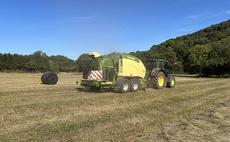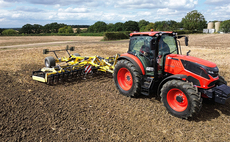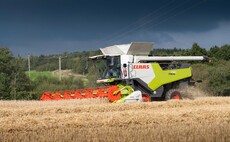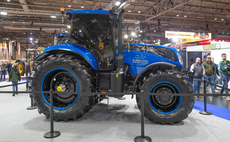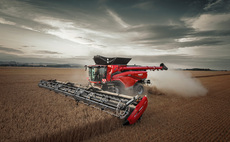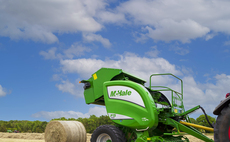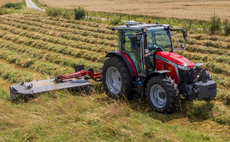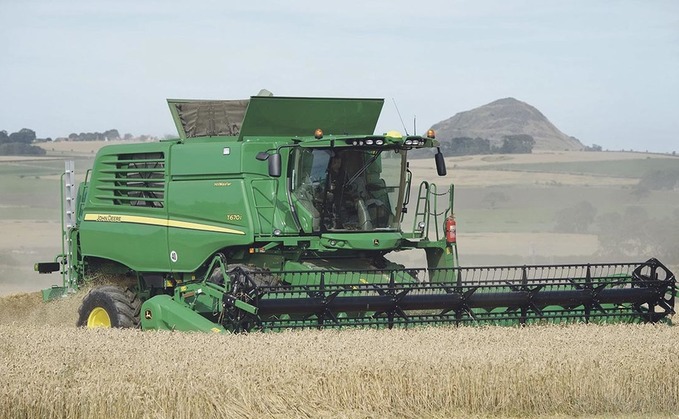
With a heavy host of updates including increased threshing capacity and improved operator convenience, John Deere has revised its T Series straw walker combines. Richard Bradley finds out more with a test drive.
Focusing on boosting harvesting capacity, improving crop flow and meeting Stage 4 emissions regulations, John Deere has updated its high capacity straw walker combines.
The T Series sits between the manufacturer's smaller W Series straw walkers and larger rotary threshing S Series combines. In total, four models are available, with maximum power ranging from 300-449hp. A number of drive and running gear options are also available, including the option of tyres or tracks with 40kph road travel.
To see what impact the updates have on the T Series, we tried out the largest model in the range, a T670i, in East Lothian, Scotland, cutting some of the region's first wheat.
Feeder and threshing system
Feeder body 1
Up front, feeder house chains have moved inwards and slats widened to ensure even crop flows right up to the edges of the feeder housing. Its slip clutch is now uprated from 600Nm to 900Nm to keep crop flowing into the combine.
Feeder body 2
For convenience, the booster bar on the main concave can now be swung in and out on a ratchet system to increase the aggressiveness of the threshing process. Previously this had to be removed and replaced to get the same effect, so it should save time when conditions and crops change.
Aiming to increase machine throughput, concave wrap angle round the main threshing drum has increased by eight degrees. To accommodate this, the overshot beater and rear separator drum have increased in size to 500mm and 800mm respectively. The manufacturer says along with the new open wire design concave, this gives extra threshing capacity with a 21 per cent increase in active separation area. Despite this, John Deere says crop flow remains smooth and straw quality is maintained.
Swapping between crops has also been made easier. Header side knives can be installed and removed quickly. Drive is through a mechanical connection from the cutter bar and a simple locking mechanism holds the knives in place. Also, quick adjustment of the rear separator drum concave is done via two handles, now located on one side of the combine.
Feeder pic
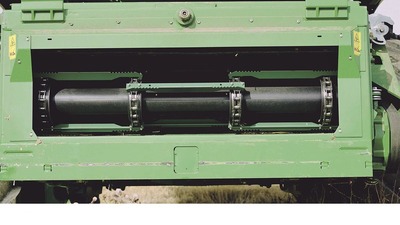
For the relatively inexperienced operators, the ability to quickly set the machine for harvesting is a handy feature. By entering limited information, the machine can set up sieves, fan speed and adjust the header, with only minor adjustments needed to optimise performance.
Regular operators will appreciate the improved engine access, no daily greasing points, and blockage detection. This will give the operator confidence to push on without the same fear of damaging the machine.
Changing between chopping straw and leaving in a swath from the comfort of the cab would be a welcome addition, as would the ability to adjust static knives in-cab, as the less effort required to adjust something, the more likely it is to be done to get optimum performance.
Despite the slightly chewy Scottish wheat, the updated threshing system allowed forward speeds of 6kph with a 9m header. In-cab monitors showed harvesting rates of 12 tonnes per hectare (5t/acre) without too much effort from the Deere's twin-turbo engine.

















